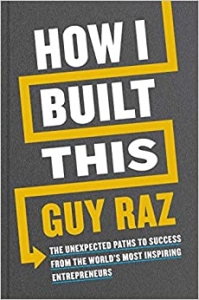Blogging, Like Design, is About Creatively Solving Problems
“Design is often misconstrued to be a luxury. Yet, at its core, design is about creatively solving the problems we all face at any scale,” Tom Gallagher writes in the Indianapolis Business Journal. “…practitioners often downplay the importance of beauty, but aesthetic must not be dismissed”. In urban design, Gallagher continues, fashion addresses who we are and how we respect others. The quality of materials speaks to our shared values.
“What we see has a profound effect on what we do, how we feel, and who we are,” Mike Parkinson of Billion Dollar Graphics asserts. Parkinson quotes famed psychologist Albert Mehrabian, who demonstrated that no less than 93% of communication is nonverbal. “
In fact, the aesthetic element must not be dismissed in blog content creation, either. Images are one of the three “legs” of the business blog “stool”, we teach at Say It For You, along with information and perspective or “slant”. Not only is it true that articles containing images get more total views and higher ratings, images help explain and emphasize concepts. The visual presentation of a blog post – the type font, the bolding, italics, spacing – all the details work to support the words and ideas and contribute to the general impression left with online readers.
So, if design is so important, does all that mean video blogs are going to supplant text content?
As a Say It For You blog content writer and trainer, I appreciated a 2017 fourdots.com blog post discussing that very question, and making a four-point case for textual content as a primary driver of online communication:
- Text gives you the option to stop exactly where you want to, wrapping your mind around a certain piece of information.
- Text can be easily updated and upgraded.
- B2B buyers consume informational pieces and case studies, looking for industry thought leadership.
- Text stimulates the mind and is more focused.
Just about ten years ago, I published a blog post titled “Shoes and Business Blogs – Some People Care if They’re Shined”. The post touched on aesthetics, advising marketers to “dress your blog in its best” by preventing “wardrobe malfunctions” such as grammar errors, run-on sentences, and spelling errors, avoiding redundancies, and tightening up those paragraphs.. Avoid redundancy; tighten up those paragraphs, I cautioned.
Yes, blogging, like design, is about creatively solving problems, but aesthetics must not be dismissed!






Follow us online!